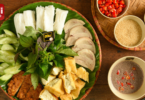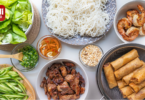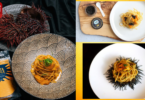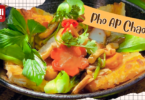What is Cao Lau Noodle?
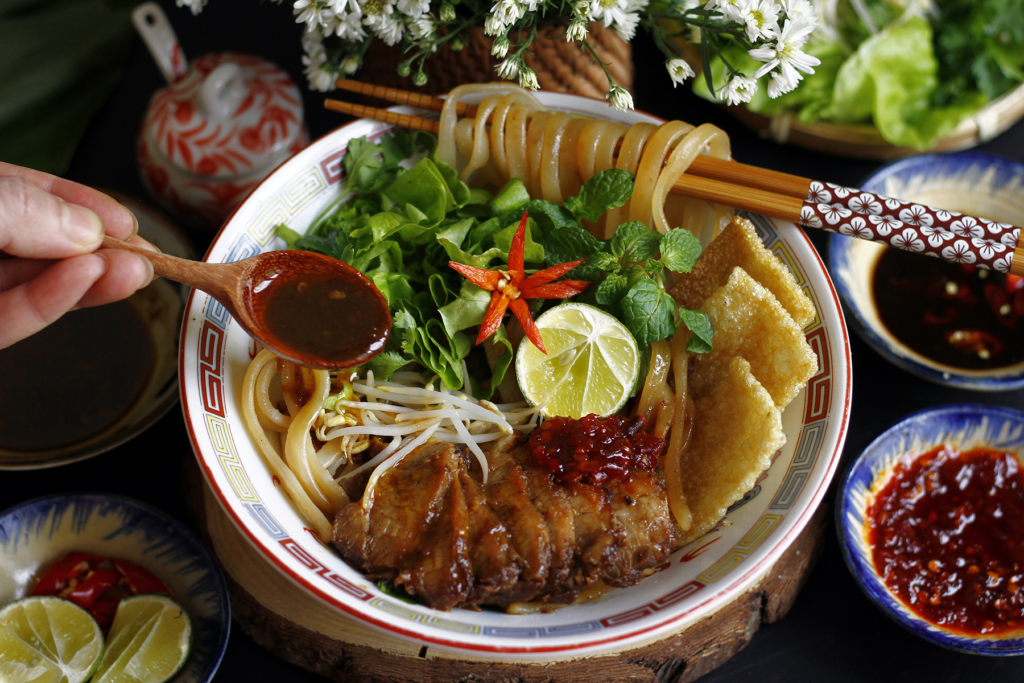
Nestled in the heart of Central Vietnam, Hoi An is renowned not only for its picturesque ancient town but also for its vibrant culinary scene. Among its many gastronomic treasures, Cao Lau stands out as a unique dish that reflects the rich cultural heritage of this UNESCO World Heritage site.
Originating centuries ago, Cao Lau is a dish that embodies the fusion of local flavors and historical influences. Its distinctive taste and texture are derived from a meticulous process that involves specific ingredients sourced from the region. As you wander through the narrow streets of Hoi An, the aroma of simmering broth and the sight of chefs skillfully preparing Cao Lau invite you to delve deeper into its culinary allure.
Unique Characteristics
- Water Source: One of the most unique aspects of Cao Lau is the water used to make the noodles. It is drawn from the Ba Le well, an ancient Cham well in Hoi An. This water is believed to impart a special taste and texture to the noodles.
- Ash Soaking: The noodles are traditionally soaked in a lye solution made from the ashes of specific local trees, which gives them their characteristic chewy texture and yellow color.
- Local Ingredients: Many of the ingredients used in Cao Lau, including the herbs and greens, are sourced locally, contributing to the dish’s authenticity and unique flavor profile.
- The Broth: Unlike many other Vietnamese noodle dishes, Cao Lau is not served with a lot of broth. Instead, it is accompanied by a small amount of rich, savory broth that adds flavor without making the dish soupy.
Cao Lau Recipe
Ingredients:
- For the Noodles (Cao Lau Noodle):
- 200g Cao Lau noodles (if unavailable, you can use thick rice noodles or udon noodles)
- 2 liters of boiling water
- 1/2 teaspoon salt
- For the Pork:
- 150g pork belly or pork shoulder, thinly sliced
- 1/2 teaspoon sugar
- 1/2 teaspoon soy sauce
- For the Broth:
- 200ml pork broth (you can use chicken or beef broth as alternatives)
- 1/2 teaspoon sesame oil
- 1/2 teaspoon sugar
- 1/2 teaspoon soy sauce
- 1/2 teaspoon garlic powder (optional)
- For Serving:
- Fresh herbs: mint, cilantro (coriander), Thai basil
- Bean sprouts
- Crispy pork rinds (optional)
- Lime wedges
- Chili slices (optional)
Instructions
Step 1. Prepare the Noodles
- Bring 2 liters of water to a boil in a large pot. Add 1/2 teaspoon of salt.
- Add the Cao Lau noodles and cook according to package instructions until al dente, usually about 3-4 minutes.
- Drain and rinse the noodles under cold water to stop the cooking process. Set aside.
Step 2. Prepare the Pork
- In a bowl, marinate the thinly sliced pork with 1/2 teaspoon of sugar and 1/2 teaspoon of soy sauce. Let it sit for about 10-15 minutes to absorb the flavors.
- Heat a pan over medium heat and add a little oil. Cook the marinated pork slices until they are cooked through and slightly caramelized. Remove from heat and set aside.
Step 3. Prepare the Broth
- In a saucepan, heat the pork broth over medium heat until it simmers.
- Add sesame oil, sugar, soy sauce, and garlic powder (if using). Stir well to combine and simmer for another 2-3 minutes.
Step 4. Assemble the Cao Lau
- Divide the cooked noodles into serving bowls.
- Top each bowl with the cooked pork slices.
- Ladle the hot broth over the noodles and pork, ensuring each bowl gets an equal amount of broth.
Step 5. Serve
- Garnish each bowl with fresh herbs (mint, cilantro, Thai basil), bean sprouts, crispy pork rinds (if using), and a lime wedge on the side.
- Serve immediately while hot. Optionally, provide chili slices for those who enjoy extra spice.
Notes:
- Cao Lau noodles are traditionally made from a specific type of rice soaked in water from a particular well in Hoi An, which gives them their unique texture and flavor. If you cannot find Cao Lau noodles, you can substitute with other thick rice noodles or udon noodles.
- Adjust the seasoning of the broth according to your taste preference. Some variations include adding more soy sauce for saltiness or more sugar for sweetness.
- Cao Lau is best enjoyed fresh and hot, straight after assembly. The combination of savory pork, aromatic herbs, and flavorful broth makes it a delightful and satisfying meal.
- Crispy rice crackers or fried noodles add a crunchy texture to the dish.
Distinguishing Between Mi Quang and Cao Lau
- Origin: Both dishes hail from Quang Nam, in Central Vietnam.
- Fresh Herbs: Both are typically served with fresh herbs like mint, cilantro, bean sprouts, and Thai basil.
- Variety: Each dish has multiple variations depending on the preparation and ingredients.
| Feature | Mi Quang | Cao Lau |
| Noodles | Flat rice noodles, typically white or yellow. | Thick, chewy yellow noodles, often described as firm and slightly crispy. |
| Broth | Minimal but flavorful broth, often colored red with turmeric or annatto seeds. | Very little broth, light and mild, mainly to moisten the noodles. |
| Toppings | Shrimp, pork, chicken, quail eggs, and crispy rice crackers (bánh tráng nướng). | Sliced pork, sometimes shrimp, fresh herbs, and crispy pork rinds. |
| Style | Vibrant, rich in flavor with a variety of toppings. | Subtle, delicate flavors with a refined touch, influenced by Chinese and Japanese cuisine. |
Final Words
As you explore the charming streets of Hoi An, enjoying the lantern-lit evenings and the friendly smiles of locals, a bowl of Cao Lau offers a taste of the region’s soul. It’s a dish that invites you to pause, savor, and appreciate the intricate blend of influences that have shaped it over centuries. Whether you’re a food enthusiast or a curious traveler, experiencing Cao Lau is a must on your journey through Vietnam, promising a memorable and delicious adventure into the heart of Central Vietnamese culture.
So, the next time you find yourself in Hoi An, take a moment to indulge in a bowl of Cao Lau. Let its unique flavors and textures transport you to the bustling markets and quiet alleys of this beautiful town, and discover why it continues to captivate the palates and hearts of everyone who tastes it.
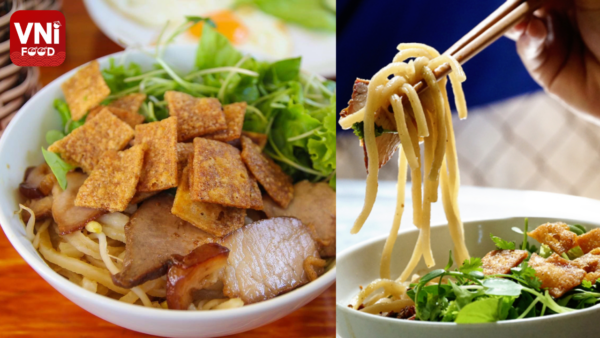
| Prep Time | 30 minutes |
| Cook Time | 50 minutes |
| Servings |
people
|
- 150 g pork belly or pork shoulder, thinly sliced
- 1/2 tsp Sugar
- 1/2 tsp Soy sauce
- 200 ml pork broth (you can use chicken or beef broth as alternatives)
- 1/2 tsp Sesame oil
- 1/2 tsp Sugar
- 1/2 tsp Soy sauce
- 1/2 tsp garlic powder (optional)
Ingredients
For the Noodles (Cao Lau Noodle)
For the Pork
For the Broth
|

|
- Bring 2 liters of water to a boil in a large pot. Add 1/2 teaspoon of salt. Add the Cao Lau noodles and cook according to package instructions until al dente, usually about 3-4 minutes. Drain and rinse the noodles under cold water to stop the cooking process. Set aside.
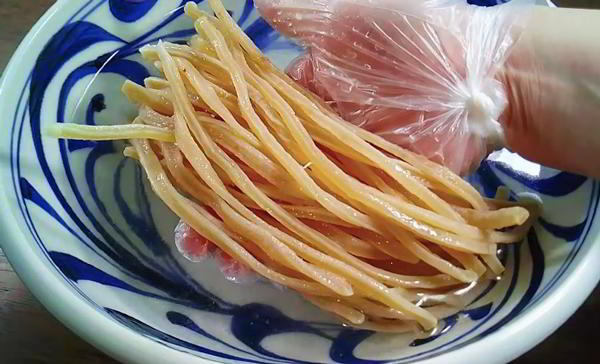
- In a bowl, marinate the thinly sliced pork with 1/2 teaspoon of sugar and 1/2 teaspoon of soy sauce. Let it sit for about 10-15 minutes to absorb the flavors. Heat a pan over medium heat and add a little oil. Cook the marinated pork slices until they are cooked through and slightly caramelized. Remove from heat and set aside.
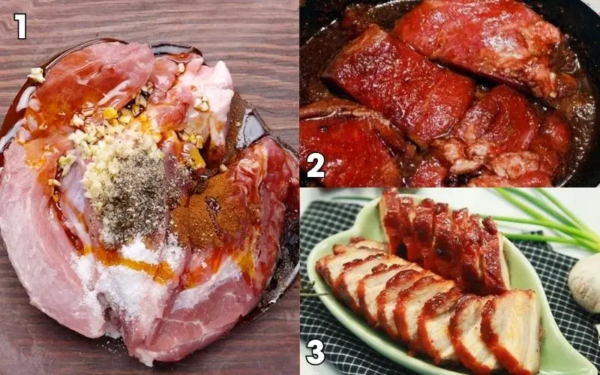
- In a saucepan, heat the pork broth over medium heat until it simmers. Add sesame oil, sugar, soy sauce, and garlic powder (if using). Stir well to combine and simmer for another 2-3 minutes.
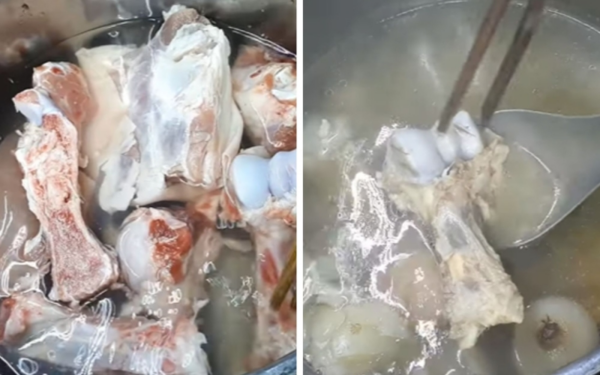
- Divide the cooked noodles into serving bowls. Top each bowl with the cooked pork slices. Ladle the hot broth over the noodles and pork, ensuring each bowl gets an equal amount of broth.
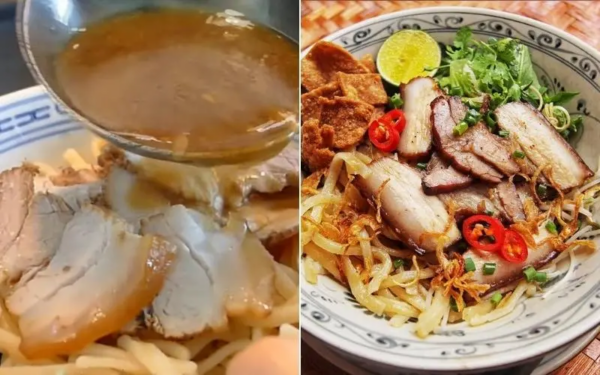
- Garnish each bowl with fresh herbs (mint, cilantro, Thai basil), bean sprouts, crispy pork rinds (if using), and a lime wedge on the side. Serve immediately while hot. Optionally, provide chili slices for those who enjoy extra spice.
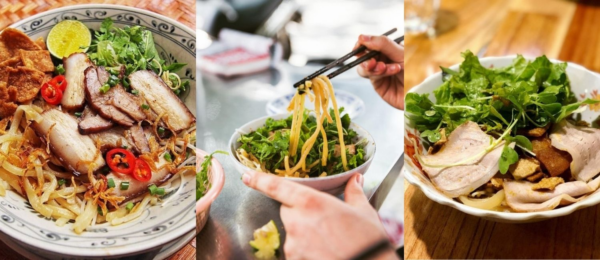
- Cao Lau noodles are traditionally made from a specific type of rice soaked in water from a particular well in Hoi An, which gives them their unique texture and flavor. If you cannot find Cao Lau noodles, you can substitute with other thick rice noodles or udon noodles.
- Adjust the seasoning of the broth according to your taste preference. Some variations include adding more soy sauce for saltiness or more sugar for sweetness.
- Cao Lau is best enjoyed fresh and hot, straight after assembly. The combination of savory pork, aromatic herbs, and flavorful broth makes it a delightful and satisfying meal.
- Crispy rice crackers or fried noodles add a crunchy texture to the dish.


